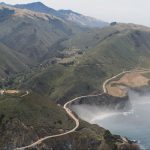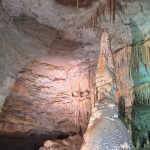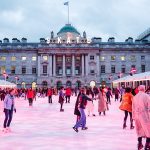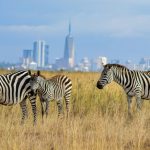Ian Stalker
Panama is back and ready to welcome travellers
Panama has again rolled out the welcome mat for visitors, doing so later than some of its competitors, with officials stating during an Oct. 8 webinar that they wanted a cautious restart to their tourist trade as coronavirus continues to prove a formidable adversary to international tourism.
The Central American destination reopened to international visitors on Oct. 12 after implementing what it says are stringent safety protocols for visitors and locals alike, including the wearing of face masks in public.
“Other countries quickly rushed to reopen. We wanted to make sure we did it at the right time and most importantly, safely… Our beautiful country… is once again waiting to be discovered,” tourism minister Ivan Eskildsen said.
Eskildsen added that Panama is seeing a gradual reopening, with “many hotels but not all” now available.
Hotels that are now open have taken such hygiene steps as having plexiglass separate front desk staff from guests, and cleaning and disinfecting public areas every few hours. Hotel elevators are being cleaned and disinfected every two hours.
Tour operators have reduced capacity in their vehicles to better enable social distancing and restaurants are offering the likes of digital menus that can be read with smartphones, and are limiting the number of diners they host during one sitting.
Eskildsen said the government is planning for all coronavirus scenarios, including a “pessimistic” one of an increase in cases. Authorities are consulting with medical staff in preparation for that possibility, he said.
Fernando Duque, chairman of tourism board PROMTUR Panama, said tourism authorities have been contacting a disparate group that includes tour operators and staff at embassies in Panama City to “make sure that everyone follows the (safety) protocols.”
Panama City’s Tocumen International Airport now has the likes of temperature checks, mandatory use of masks and sanitizing stations, and only travellers and employees are allowed entry.
The facility now has around 44 routes to points in Latin America, North America, the Caribbean and Europe.
Panama — which last year saw 2.4 million visitors — bills itself as a link between the Americas and a country that has changed “the world’s biodiversity” because of its location.
Tourism officials are eager to promote the tropical country — over a third of which is protected from development — to the likes of birdwatchers and other nature enthusiasts, adding that it has more tree, mammal, bird and reptile species than Canada and the United States combined.
“Our normal is a natural normal,” Duque said.
The country’s most popular attraction is the Panama Canal but tourism authorities also cite different cultures representing seven Indigenous groups, African influences and Panama’s Spanish heritage. Panama City’s old quarter has UNESCO World Heritage Site status.
The country also offers beach vacations on both its Caribbean and Pacific coasts. Those in the country’s tourist trade praise Panama’s Caribbean coast for its turquoise water, while noting that the Pacific Coast is home to the likes of Coiba National Park, a marine reserve that has received UNESCO World Heritage Site status.



















